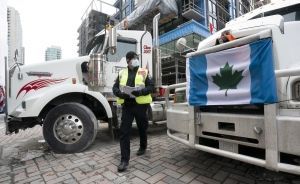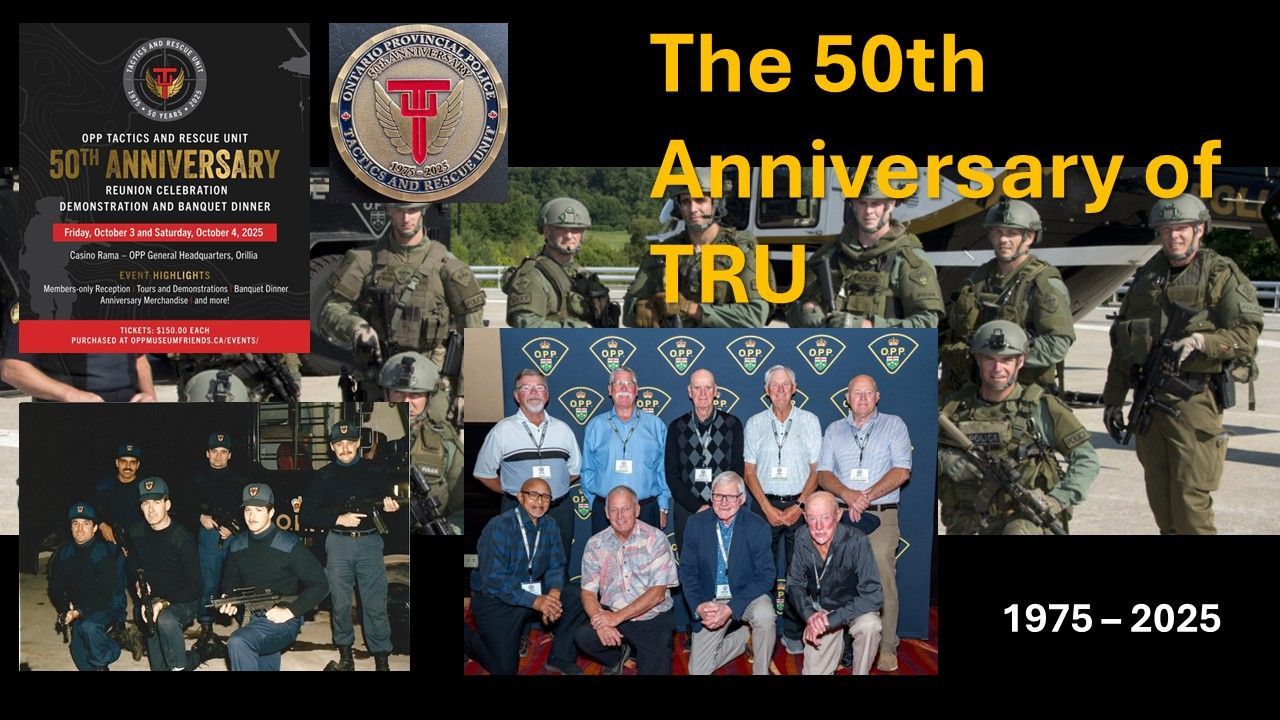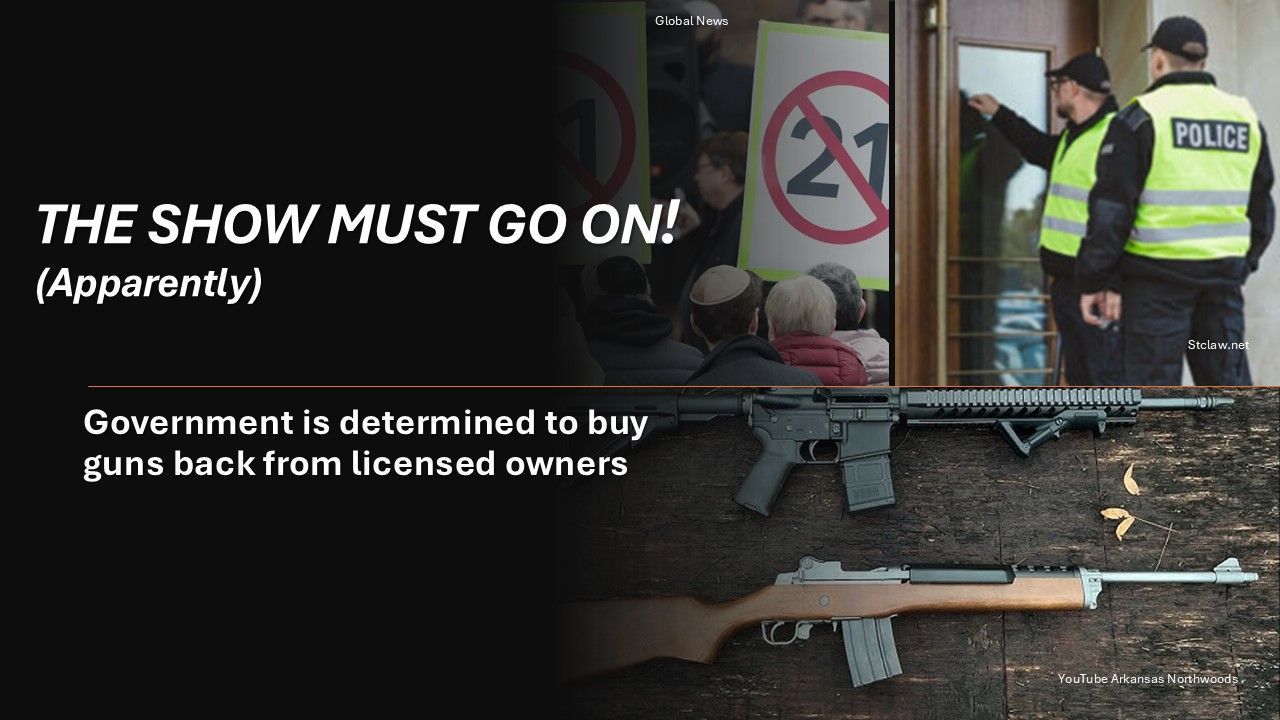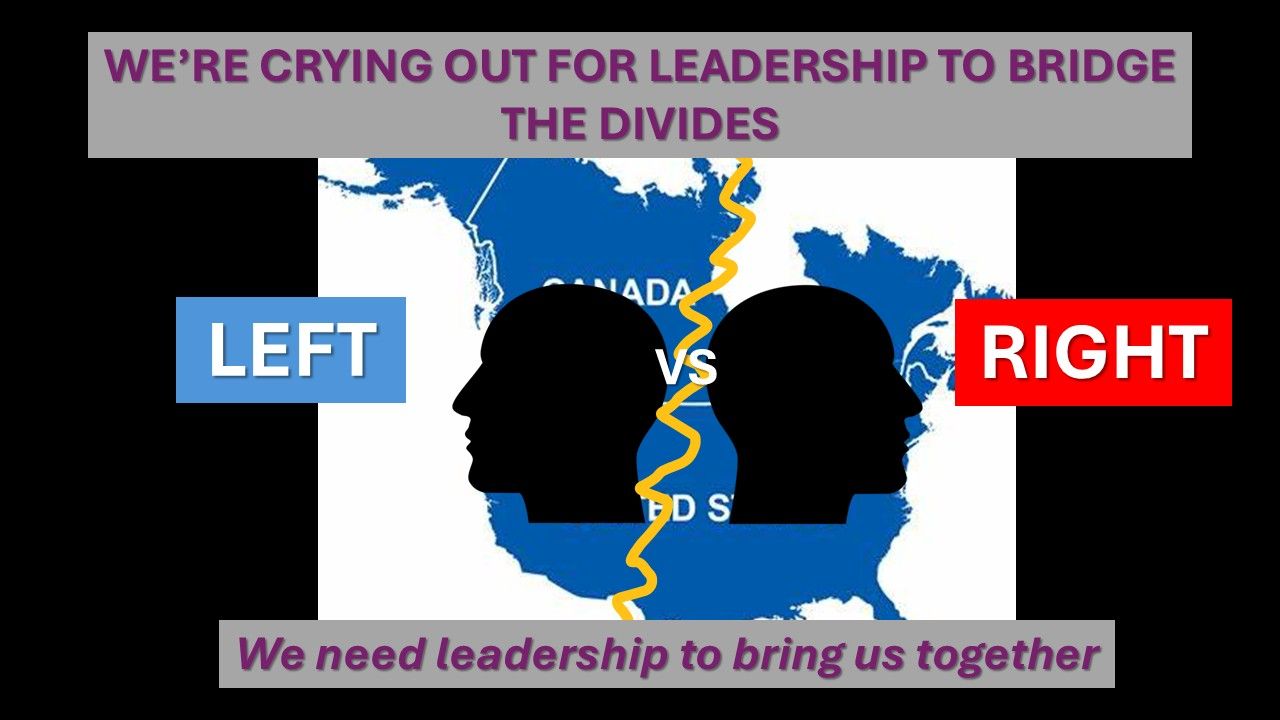New Paragraph

Enacting the Emergency Act last February to end the Freedom Convoy protest in Ottawa may or may not have been in keeping with the legal threshold for invoking the never before used legislation. My vote is “not”, but I digress. The mandatory hearing into that legal question has ended its fact-finding phase and Justice Rouleau is currently penning his findings and recommendations.
The largely well-presented and scripted evidence of the Prime Minister and that of some key ministers should have laid out a transparent process and some semblance of a rational justification for the invocation of the Act. I truly hoped that I had been wrong in my assessment of it being no more than a political game of smoke and mirrors and that key evidence from government would prove me so. But that was not to be.
For the first month that evidence was presented – particularly in cross examination, it appeared largely to be a post-mortem of police planning (or lack thereof) and at times an outright attack. Albeit it interesting for the most part and demonstrative of some planning, communication and response failings on the part of police, none of that evidence in my opinion demonstrated that the threshold for the activation of the legislation had been met. And moreso, it cemented the fact that the police had not requested it.
Then came the evidence of protest “leaders”, although I use the term loosely. The only thing that emerged from that show in my view was proof that an unorganized group of clowns somehow drew a cast of thousands together to disrupt some major cities and international trade routes for weeks – at a tremendous cost to taxpayers. It was more by happenstance on their part than good management. It is scary to wonder what a well-organized and more calculated team might actually be capable of.
Regardless of the findings of the process, we may never clearly know the reality of the decision-making methodology used by cabinet or the true details of their discussions. The testimony of elected officials and senior bureaucrats has been political theatre at its finest. I am guardedly optimistic that Justice Rouleau could see through that and that recommendations made will assist all going forward, as will the critical lessons-learned by law enforcement leaders, planners and city officials.
Will the Emergency Act be rewritten to address the definition of “National Security” and more? At minimum it would be nice to see a definition that isn’t a moving target or best guess by cabinet. After all we never did hear from the government lawyers that advised cabinet that they were justified in their action. It’s kind of odd to say the least, that in a legally mandated inquiry before a commissioner who is also a Justice in the Court of Appeal – in front of a room full of lawyers, we couldn’t hear what lawyers said to Ccabinet members while debating a legal issue. Only in Canada.
What is abundantly clear to me is that it is time to renew provincial emergency legislation to better meet the needs of the protest environment and let the federal legislation continue to be directed at the “big one” (like a real insurrection) when truly required. Sadly, although it hasn’t happened yet, we all know an event of that proportion may happen at some point. However, the vast majority of large events could be effectively handled by the provinces under a renewed framework that has more teeth.
Policing is a provincial responsibility. The provinces are accountable for police legislation, standards, training and oversight. They also each manage their own Provincial Emergency Act. In the Ontario example, the act contains an overarching process piece that generally applies to any provincial emergency, as well as a number of annexes that are specific to individual types of emergencies. It even has the Provincial Counter Terrorism Plan attached as an annex. An additional segment that addresses the overwhelming and protracted protest environment is now worth developing.
Some of the issues that at this point in our history need to be discussed and addressed (at minimum):
- Inter-provincial authority for police officers in emergency situations. It needs to be simpler and expedient;
- The ability for provinces to force some service-providers (i.e. towing companies) to assist and be legally indemnified while doing so;
- A clear and transparent process to enact the legislation through a bi-partisan committee with a sitting-government majority, where relevant threshold issues are documented upfront;
- Traffic routing, “no-go” pedestrian zones, towing and driver’s licence suspension authorities all clearly established in one document without having to turn to several disparate pieces of provincial legislation to meet operational needs; and
- Rationale and process clarity for linking into federal emergency legislation as well as for accessing federal resources.
I’m not suggesting that such enhanced provincial legislation be enacted every time a crowd gathers on Main Street as some will fear. That would conflict with the Charter of Rights and any form of rational thought. Thousands of legal protests happen across Canada every year and very seldom disrupt an entire province or the whole nation. Nor do they very often cripple a major city for weeks; require an influx of thousands of police officers; and cost the taxpayers millions of dollars to address. But when such large and complex events do occur, police need the legislative authority to deal with them effectively and safely.
It is often said that all organizations should “plan for the worst but hope for the best”. That is particularly applicable to agencies that protect communities, provinces and countries.
The Freedom Protest showed us that it’s time to plan better on many scales and the more planning and preparation that can be done in a general sense now – and not in the middle of a crisis, makes total sense. From there, we just have to hope for the best from our police services and political leaders to consistently do what is right, and always for the right reasons.
Chris Lewis served as Commissioner of the Ontario Provincial Police from 2010 until he retired in 2014. He can be seen regularly on CTV and CP24 giving his opinion as a public safety analyst.




